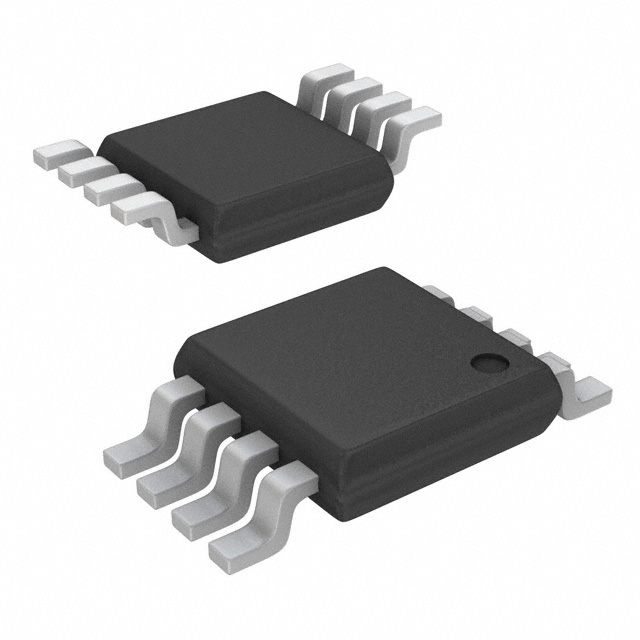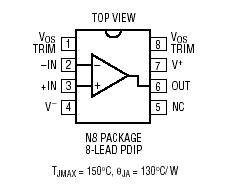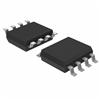LT1677: Features: Rail-to-Rail Input and Output 100% Tested Low Voltage Noise: 3.2nV/ÖHz Typ at 1kHz 4.5nV/ÖHz Max at 1kHz Offset Voltage: 60mV Max Low VOS Drift: 0.2mV/°C Typ Low Input Bias Curr...
floor Price/Ceiling Price
- Part Number:
- LT1677
- Supply Ability:
- 5000
Price Break
- Qty
- 1~5000
- Unit Price
- Negotiable
- Processing time
- 15 Days
SeekIC Buyer Protection PLUS - newly updated for 2013!
- Escrow Protection.
- Guaranteed refunds.
- Secure payments.
- Learn more >>
Month Sales
268 Transactions
Payment Methods
All payment methods are secure and covered by SeekIC Buyer Protection PLUS.

 LT1677 Data Sheet
LT1677 Data Sheet








